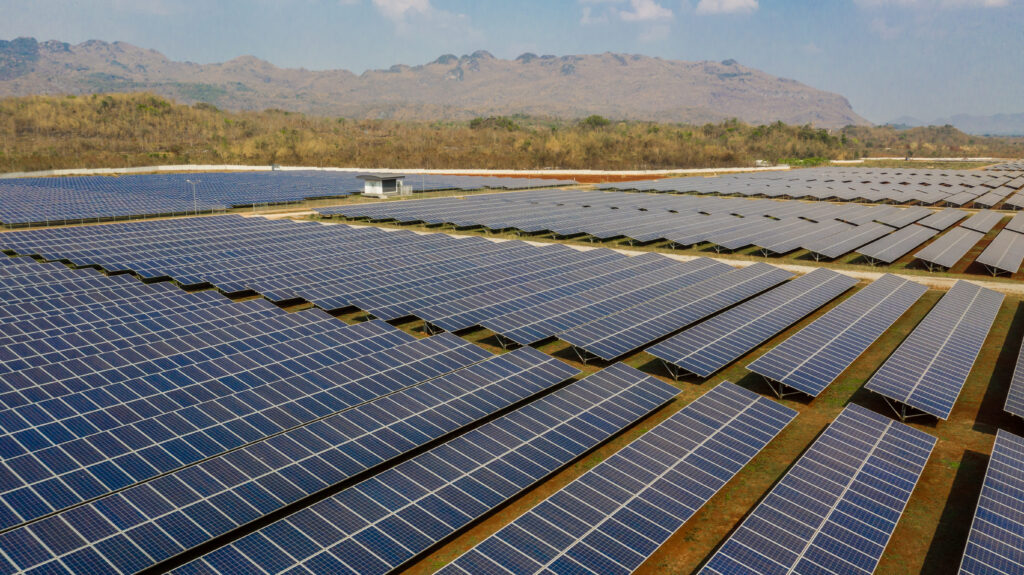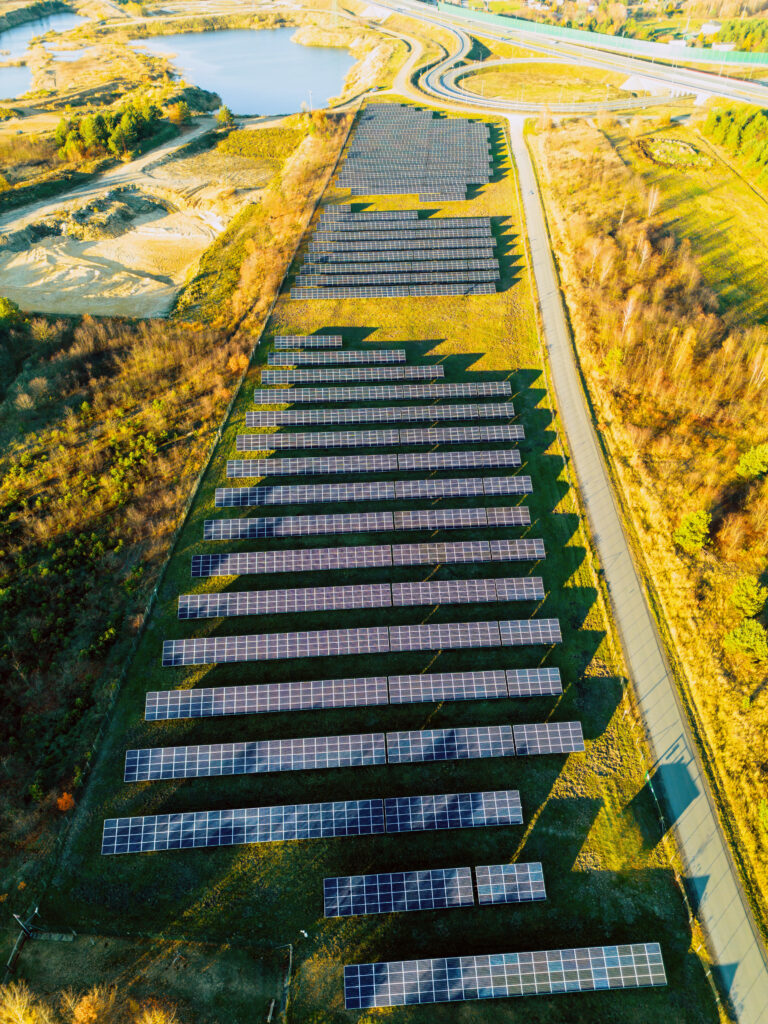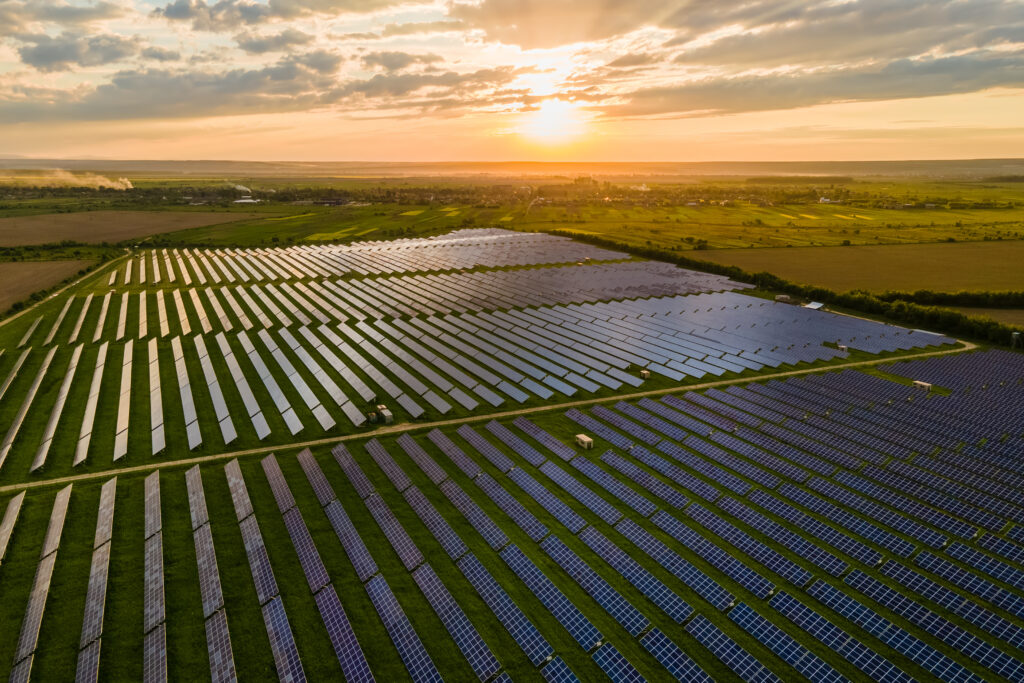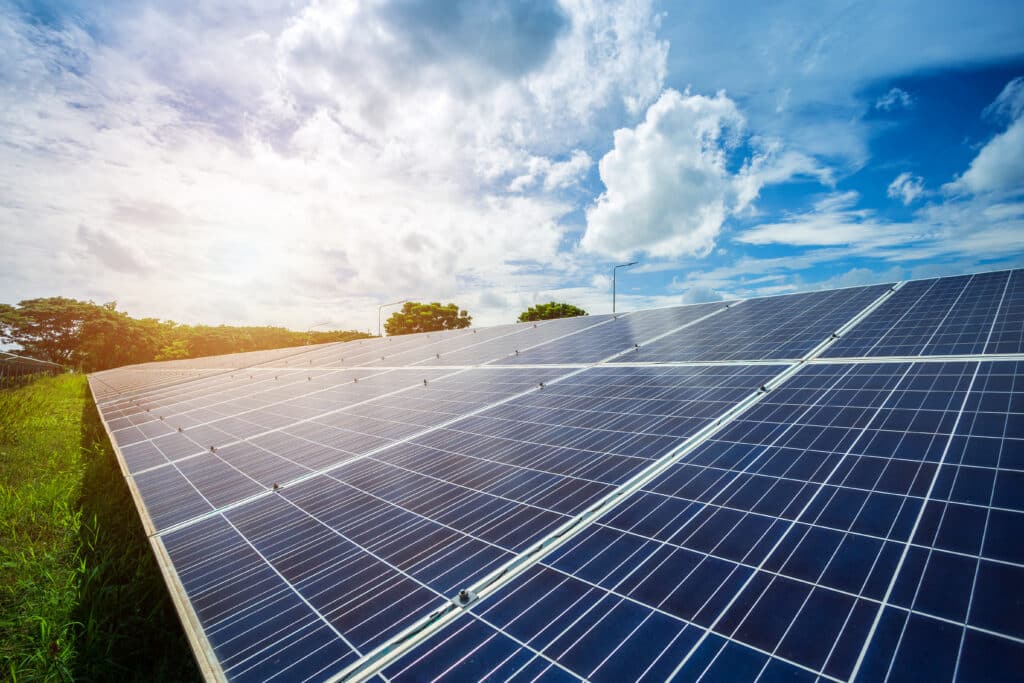




Pakistan stands at the forefront of solar energy potential, offering abundant sunshine and an urgent need for sustainable solutions to its energy crisis. However, one crucial barrier remains: effective financing and investment models for solar projects. Understanding these models is crucial for stakeholders looking to navigate the complexities of the solar landscape in Pakistan.
Understanding Solar Financing: Key Models
Several financing models are emerging to facilitate solar energy projects in Pakistan to utilize its vast Solar Energy Potential. These include:
-
Debt Financing: Traditional bank loans are prevalent for financing solar projects. Banks offer loans at competitive interest rates, enabling developers to cover upfront costs. However, securing financing often requires a solid business plan and proof of project viability. The goal is to repay the loan through the income generated from selling solar energy.
-
Equity Investment: This model involves raising capital through an equity partnership, where investors provide funds in exchange for ownership stakes. Equity investors are typically more interested in the long-term potential of the project, and they can be local or international entities. The drawback is that equity financing may lead to dilution of control for project developers.
-
Power Purchase Agreements (PPAs): Typically utilized in solar projects, a PPA is a contract between the energy buyer and the power generator. This long-term agreement facilitates the financing of solar projects, as it guarantees revenue streams. In Pakistan, state-owned utilities offer PPAs at predefined rates, encouraging private sector investment.
-
Lease Financing: This method allows developers to acquire solar systems without upfront costs. Instead, they pay a leasing company a fixed monthly fee for using the equipment. After the lease term, the developers may have the option to purchase the equipment at a reduced rate. This model can ease cash flow constraints, making solar more accessible.
-
Crowdfunding: Emerging platforms are enabling community-driven funding. Individuals can contribute small amounts toward a larger project in exchange for future returns. Crowdfunding can democratize investment in solar energy while fostering community engagement.
-
Government Incentives and Subsidies: The Pakistani government provides various financial incentives, such as tax credits, rebates, and grants. These initiatives aim to lower the costs for developers and reward investments in renewable energy. The government’s focus on increasing energy security and sustainability makes this an attractive financing avenue.
The Role of International Financing Institutions
International organizations like the World Bank and the Asian Development Bank (ADB) are pivotal in funding to tap Solar Energy Potential in Pakistan. Their involvement typically comes in the form of grants, low-interest loans, or guarantees that reduce the risk for private investors. These institutions often require adherence to certain sustainability standards and compliance with environmental regulations to ensure projects are viable both economically and ecologically.
Challenges Faced in Solar Financing
Despite all these options, several challenges hinder the financial side of Solar Energy Potential in Pakistan:
- High Upfront Costs: Initial investment for solar infrastructure is substantial, making it challenging for new developers with limited funding.
- Regulatory Barriers: Bureaucratic delays and unclear policies can deter investors. Clear, stable regulations are essential to boost investor confidence.
- Market Awareness: Lack of information about technology benefits and financial options can minimize opportunities. Increasing awareness through education and outreach is vital.
- Economic Instability: Fluctuating currency rates and inflation affect long-term investments. Investors often seek stable economic environments.
Future Directions in Solar Financing
To stimulate solar energy adoption and taking full advantage of Solar Energy Potential, innovative financing strategies must be developed in Pakistan. Public-private partnerships (PPPs) could be enhanced to leverage capital and share risks between the government and the private sector. Furthermore, educational initiatives can better inform potential investors about the benefits of renewable energy projects.
The integration of digital technologies such as blockchain in financing can enhance transparency and encourage more individual investors. These innovations can attract micro-investors who may be interested in community-based solar projects.
Conclusion about Solar Energy Potential
The financing and investment models for solar projects in Pakistan are evolving. From debt financing to crowdfunding, diverse options are allowing stakeholders to navigate the challenges associated with solar development. By improving financing access, Pakistan has the opportunity to tap into its vast Solar Energy Potential, enhancing energy security and contributing to national sustainability goals.
For a deeper dive into renewable energy topics, consider exploring relevant blogs on Andromeda Energy, including insights on solar technologies, investment strategies, and the future of renewable energy. For more information, visit Andromeda Energy.
For Further Detail
https://www.renewableenergyworld.com/


Leave a Reply